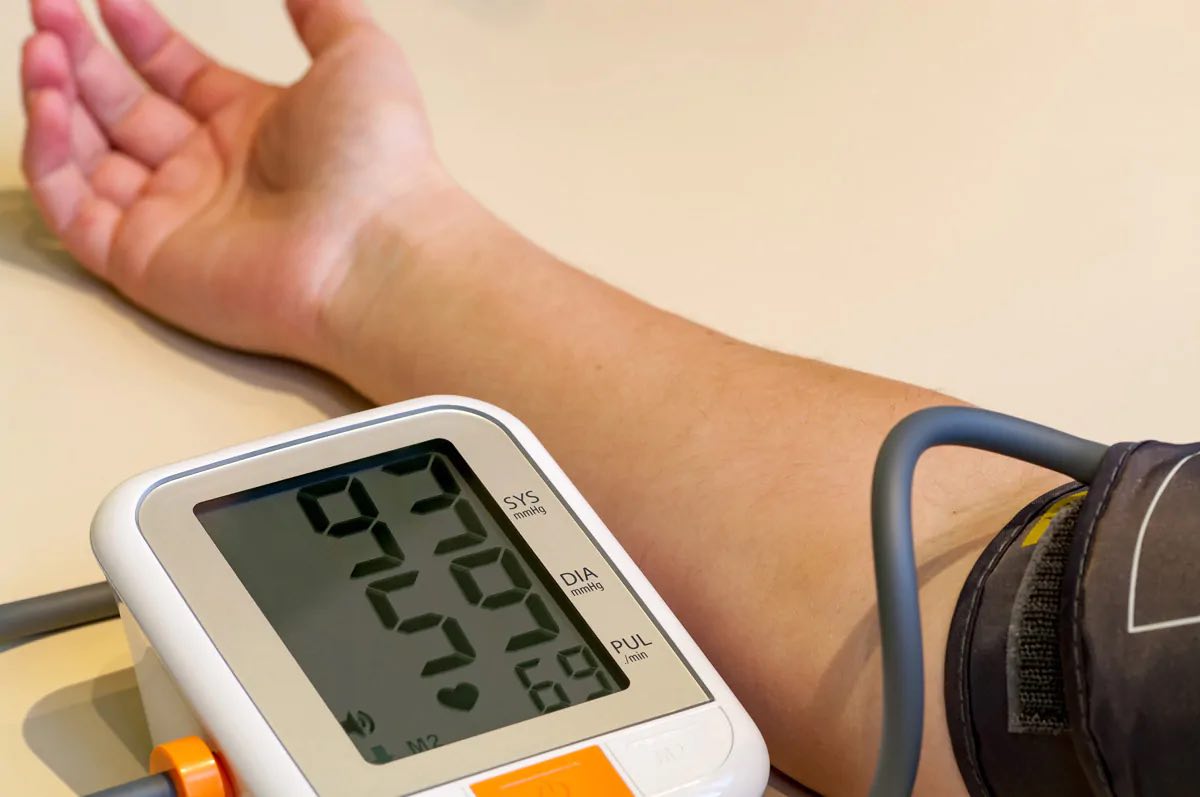Blood pressure changes from person to person. Hypotension is usually considered to be a situation in which the maximum pressure is equal to or less than 90/100 mmHg and the minimum pressure is equal to or less than 60 mmHg. The causes of hypotension can be multiple and of different thickness.
If you have maximum pressure at 100, here’s what that means
In fact, they therefore vary from a banal dehydration to more serious ailments. Sudden drops in blood pressure can imply a decreased blood flow to the brain with the risk of fainting and falls to the ground, the effects of which are particularly disastrous in elderly subjects with the risk of serious fractures. Generally this is a solvable problem, as long as its cause is regularly identified.
At the base of the reduction in blood pressure there can be a sudden bleeding, a serious infection, heart failure, anaphylactic shock, damage to the nerves that order the pressure changes in the circulation such as in the situation of diabetes, arrhythmias and dehydration.
The appearance of hypotension can occur simultaneously with instantaneous changes in posture, as occurs in the case of orthostatic hypotension, especially in the rapid transition from lying to standing. In this case the disturbances disappear within a few minutes or even in a few seconds if the subject quickly re-establishes the starting position. The situation is similar in the case of postprandial orthostatic hypotension, in which the problem appears after meals and sees especially the elderly.
The increase of closed blood in the gastrointestinal region, to ensure the best mechanism of digestive work, removes blood from other organs and cooperates in lowering systemic arterial pressure. Conversely, children and young adults most often have to deal with neuromediated hypotension. That is a problem that can appear when you are standing for a long time. Finally, alcohol and various medications can significantly decrease blood pressure. In particular, medicines in opposition to anxiety and depression, diuretics, antihypertensives in general and some pain relievers. Preventive measures are especially reported in the forms of orthostatic hypotension and neuromediated hypotension.
In the first case it is good to avoid a disproportionate dehydration by taking a suitable dose of fluids during the day. In case of neuromediated hypotension, it is essential to avoid standing for too long. Here is therefore explained what we face if our maximum pressure reaches 100.
